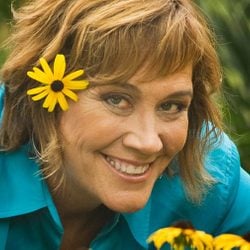Does No Mow May Really Help Pollinators?
Updated: Apr. 04, 2024
No Mow May has been gaining ground. Here’s what you should know before letting your lawn grow wild—including the benefits and drawbacks.
On This Page
What Is No Mow May?
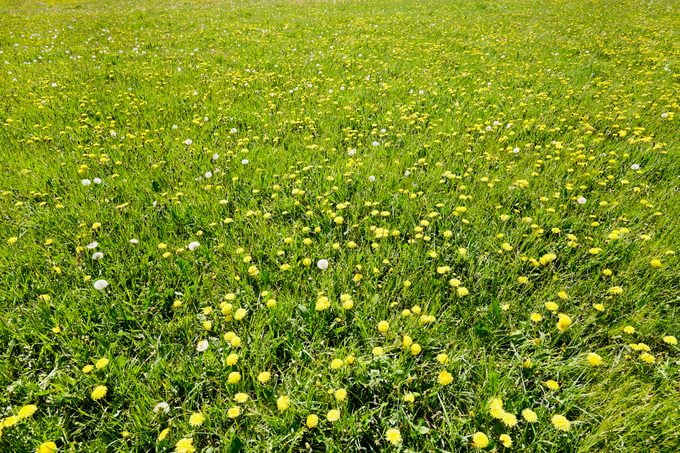
You’ve probably heard about No Mow May on social media or seen yard signs signifying participation and might want to give it a go. A growing trend on the garden and landscaping scene, it encourages delaying the first mow of the season to temporarily create a more biodiverse and hospitable habitat for pollinators awakening after winter—bees in particular.
Despite its admirable goal and seemingly simple execution, No Mow May might not be the best approach for everyone. Before foregoing the first mow, consider the following factors and some less controversial options.
Learn how to grow a pollinator garden.
Pros and Cons of No Mow May
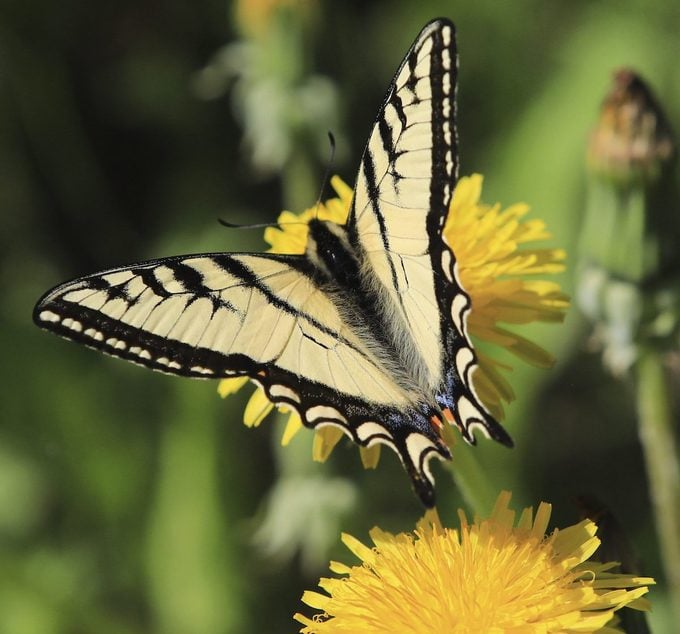
One advantage of this viral movement has been increased recognition of certain insects and their needs. “No Mow May has helped with awareness, to the point that some people now think National Pollinator Month is May and not June due to the public attention it has received,” says Birds & Blooms horticulture expert Melinda Myers.
And since it’s as easy as leaving your mower in storage for an extra month, it’s a low-commitment entry into the world of caring for pollinators. But it does have some downsides.
The pollinators that revel in your lush, unmowed lawn will likely return later, only to find a harsh surprise once their food sources have been sheared away. Or worse yet, bugs and critters who make their homes in uncut lawns may not survive a big chop at the end.
Then there’s the unkempt look. Some people want to help but prefer a well-maintained green space. Fortunately, other pollinator-friendly practices could help avoid these outcomes and better fit your style.
Follow these tips for growing a healthy lawn.
Do Some Research Before You Participate
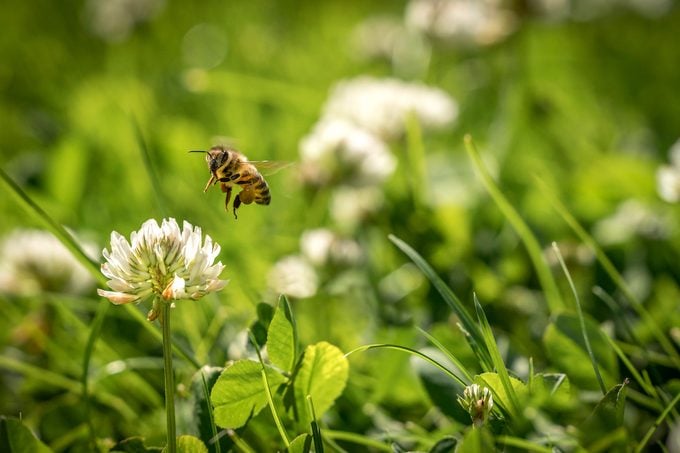
If you do plan to pause mowing, there are some important factors to investigate beforehand. The first is timing. No Mow May started in the United Kingdom, so even though it’s a catchy slogan, May might not be the best month for every region. The objective is to allow growth of flowering pollen sources, such as dandelion and clover. You’ll want to avoid mowing when they are in peak bloom.
If your lawn is treated for weeds, hold off on that too. “I have heard from lawn care companies that some customers who have their lawns treated regularly participated in No Mow, only to realize the treatments had already eradicated the pollinator plants,” Melinda says.
Furthermore, local ordinances and homeowners association rules vary, so determine what is allowed in your area before proceeding. If your city has a limit on grass height, try talking to the city council about exemptions. Encourage them to consider the merits.
Go lawn free: plant a prairie garden.
Share the Message With No Mow May Signs
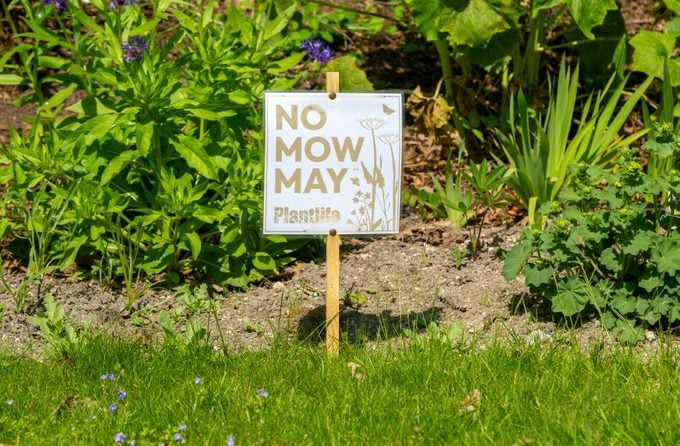
If your area supports the movement, see if they offer yard signs to help educate and engage your neighbors. A sign could also quell any disapproval of the less-than-tidy look!
Finally, keep in mind that it could be difficult and detrimental to tackle the immense growth at the end of the month. Lower the height of your grass slowly over several mows. This avoids sending it into shock and gives pollinators a chance to realize it’s being cut back.
Here’s what you need to know about native plants.
No Mow May Alternatives Abound
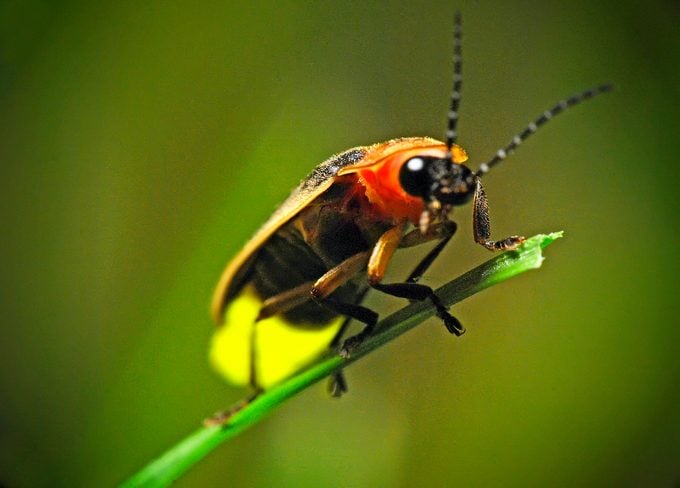
If you want to try a more intentional or long-term tactic, there are options for every level of commitment. Ease into it by decreasing your mowing frequency with a “Less Mow May.” You can also try reducing the use of chemicals and pesticides harmful to bees and their food sources.
Try pocket planting, which, as the name implies, is the practice of creating smaller areas with specific vegetation. This approach also works well in yards with limited space and municipal restrictions.
If you have the room and freedom and are ready to put in more effort, consider meadowscaping. This essentially rewilds your urban yard into an ecologically beneficial meadow. Once established, it can be very low maintenance.
Whether you nix mowing or take another pollinator-friendly path, discussing details with your local extension office is always a good first step. No matter the size or commitment, any amount of space or time you can offer pollinators will help.
About the Expert
Melinda Myers is the official garden expert for Birds & Blooms. She is a TV/radio host, author and columnist who has written more than 20 gardening books. Melinda earned a master’s degree in horticulture from the University of Wisconsin-Madison.
Sources
- National Garden Bureau
- Minnesota Public Radio News
- The Ohio State University
- American Meadows
- Better Homes & Gardens
- Blue Thumb
Why Trust Us
For nearly 30 years, Birds & Blooms, a Trusted Media Brand, has been inspiring readers to have a lifelong love of birding, gardening and nature. We are the #1 bird and garden magazine in North America and a trusted online resource for over 15 million outdoor enthusiasts annually. Our library of thousands of informative articles and how-tos has been written by trusted journalists and fact-checked by bird and garden experts for accuracy. In addition to our staff of experienced gardeners and bird-watchers, we hire individuals who have years of education and hands-on experience with birding, bird feeding, gardening, butterflies, bugs and more. Learn more about Birds & Blooms, our field editor program, and our submission guidelines.

